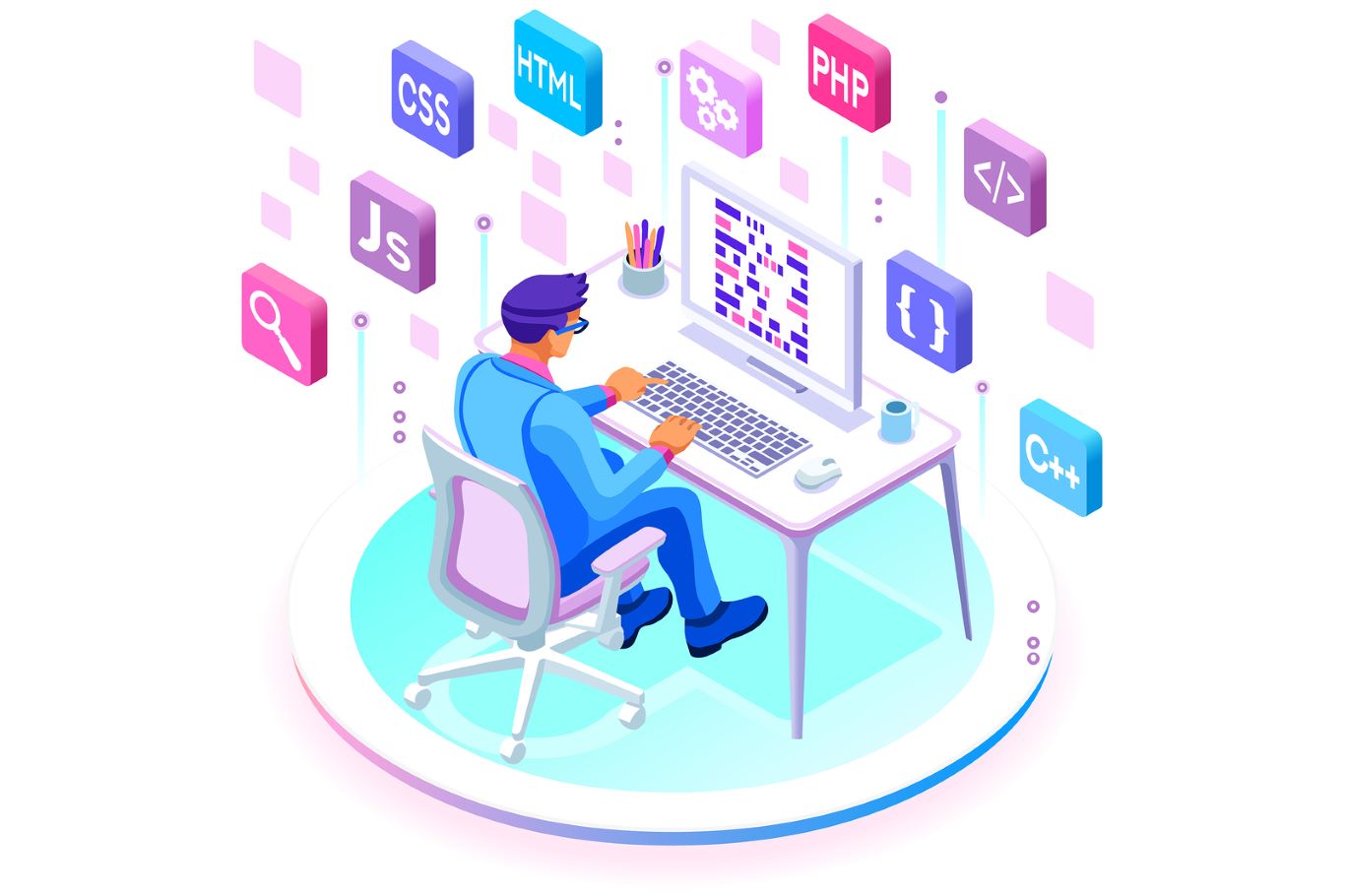Right-Size Your Digital Transformation
Despite the term “Digital Transformation” being ubiquitous nowadays, research by BCG suggests that “70% of digital transformations fall short of their objectives, often with profound consequences” (BCG, 2020). However, the risk is worth it. Successful digital transformation is driving a considerable digital divide between the best-performing companies and the rest of the pack, according to IDC Research. In the span of just five years, digital companies have managed to improve their profit performance by a staggering 51%. Their high productivity and growing profits leave their competition in the dust.
Digital transformations are notoriously difficult to execute but there are a few pitfalls that trap people that we can help you avoid. Many find change management, talent, or skills gaps in their workforce or lack of clear and measurable goals to be the greatest stumbling blocks in undergoing the process. There is another potential area of failure, though: going too big too quickly.
Kay Winkler, speaking on the issue, said, “Unrealistic expectations, or worse, strategic goals around a fad can then carry the real risk of associated project failures” (Aden University Business Magazine, 2019). Sandra Parker goes further, saying,
“Some follow the digital transformation paths of their competitors, thinking: ‘If it worked for them, it’ll definitely do us good.’ In most cases, however, blindly chasing trends or someone else’s dreams won’t get you far. Technologies that worked for some might not work for others.” (RT Insights, 2021)
Disruptive tech, when it breaks the surface of the tech industry, begins to become incorporated with available software, and ERP solutions are no different. Solutions quickly develop to leverage emerging or newly available technologies (think blockchain in contracts, machine learning and other forms of AI in intelligence software, IoT in everything from robotics to printers). At the current rate of technological disruption (which has undoubtedly accelerated due to the COVID-19 pandemic), companies hoping to undergo digital transformation may find themselves like a kid in a candy store. However, just like in a candy store, the more candy you add, the higher the cost, and the bigger the potential for a real bellyache.
When to Adopt Disruptive Technology
If it doesn’t add value, it could set you up for expensive failure.
While large enterprises can see great value from building a private blockchain to coordinate contracts with global suppliers, this would be incredibly expensive and difficult for smaller companies to carry out. Many of their peers likely won’t have Smart Contract capabilities for some time to come. EDI, while a much more established technology, is likely the best course of action for contracts and contract automation.
The global pandemic has accelerated the development of many forms of Artificial Intelligence, so it is highly likely that the number of solutions that will offer things like machine learning capabilities will explode over the next year or so. These range from small and medium-sized business solutions using OCR-improving Machine Learning (like that used by Tipalti) to advanced quantum computing solutions that deal with heavy computation of complex data sets (like that being developed by IBM Quantum). The former can bring time-savings and process optimization, while the latter would hold little value for an SME.
Inventory solutions can, currently, include AI-empowered drones to automate the inventory count process on a regular or on-going basis, cutting the time your staff normally would spend doing this work. However, if your warehouse is relatively small, the cost-benefit may show that the upkeep, training, and device management skills needed outweigh the benefit of the time savings.
All new technologies present new security challenges. In the case of IoT, for example, this is of especial concern, with devices like printers revealing vulnerabilities to malicious actors. All of these security considerations need to be detailed and planned for.
Talent is a key consideration when looking at solutions. Do you have staff internally that understand and are equipped to manage the solution? A skills analysis of your IT team will let you know whether outside support will need to be factored in.
How to Stay on Track With Your Digital Transformation
The best way to ensure your plan fits your business and translates to real, effective digital transformation is to create and follow an integrated strategy and plan, ideally with the help of a digital transformation expert or business technology consultant. This should be tied to overall business strategy and goals, plans for future growth, and sustainable competitive advantage. Your strategy may have a limited scope (for example, improving processes and automating tasks, or finessing your customer journey) but can also cover many areas. Focus on the outcomes you want to see, not the tech you think will get you there. If there is an opportunity to use disruptive tech in a way that fits your business, all the better!
A common misconception of digital transformation is that it is a one-and-done project as opposed to an iterative process. That is to say, just because you do not need this technology now doesn’t mean you won’t be able to accommodate it in the future. As emerging tech spreads, it becomes more accessible and often more effective in the way it is used in software. A perfect example of this is cloud technology, now a business staple. Find an ERP consultant that supports a large portfolio of solutions that can help you define your goals and find the most appropriate solutions for now, that are primed for future growth, regardless of the buzz around certain types of tech. For a full discovery by a team with strong technical expertise and 30-year breadth of experience in developing business solutions, contact The Answer Company now.
—
Guest Author: Shawn Ostheimer, Founder & President, The Answer Company

Beginning in 1994, Ostheimer has spearheaded the company’s growth to become the largest Sage provider in Western Canada. With a master’s degree in business administration and over 30 years experience in implementing financial and management software systems, he has contributed to every facet of improving clients’ businesses. His experience includes business analysis, system design/analysis, training, implementation, data conversion, software installation, customer support and project management.


